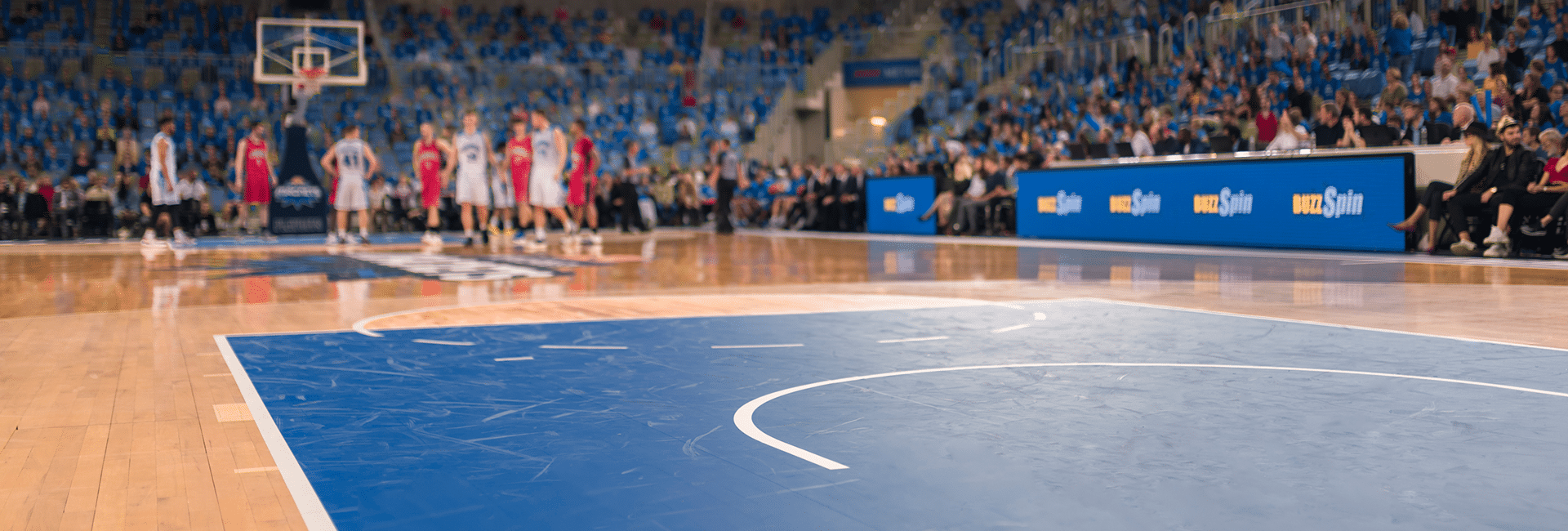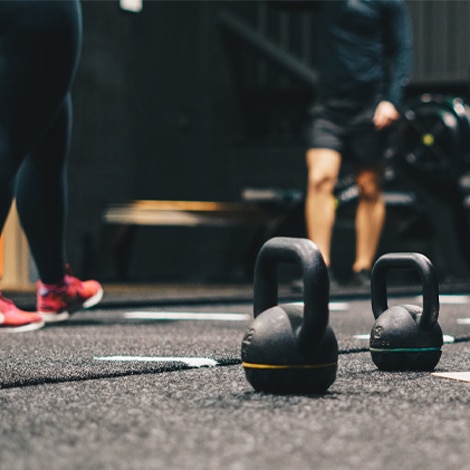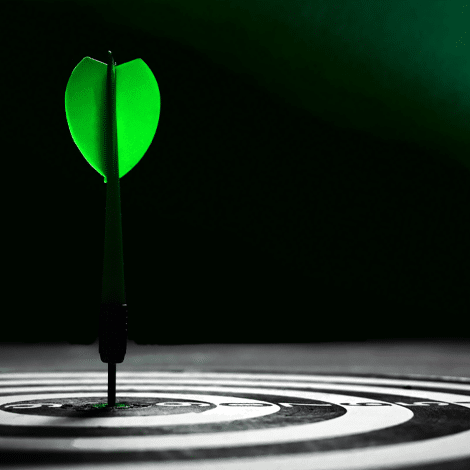by Baxter Homes, ESPN
August 19, 2020
IT HAS BEEN more than a month since 22 NBA teams entered the Orlando, Florida, bubble for one of the most ambitious efforts in sports history — and perhaps modern history.
And for all the concerns about attempting to reboot the season during the coronavirus pandemic in a state with soaring cases, and doing so at its peak with more than a thousand players and staffers being tested daily on a contained campus at the Walt Disney World Resort, the league has reported five consecutive rounds of no positive tests, with the latest coming Wednesday.
In fact, one high-ranking official of a team inside the bubble noted that while their family members were initially worried about their safety in the bubble, that official’s “biggest worry” is now for their family members in their team’s home market.
How the NBA has secured its bubble is a testament to many factors big and small, both leading up to teams’ arrival and in the days and weeks since, including several adjustments along the way. But in talks with team and league officials, a sense of caution and concern about the fragility of the situation still permeates whatever success has been had to this point.
That caution is underscored by the fact that within the next two weeks, the bubble faces perhaps its biggest test yet, one that league, National Basketball Players Association and team officials point to as the next crucial hurdle between now and the NBA Finals in mid-October.
At the conclusion of the first round of the playoffs, which began Monday, team guests, such as family members, are slated to start arriving in Orlando over the course of a week.
As first reported by ESPN’s Adrian Wojnarowski, an overview recently distributed to teams includes guidelines about who and how many guests are allowed (generally, no more than four, and players with three or four children on campus may also host up to two adults); what pre-travel medical and clearance protocols they must follow (such as self-quarantine at home and then at their hotel room on campus), what activities are allowed (such as not being able to visit any of the Walt Disney World Resort theme parks) and about their departures.
The earliest clearance date for guests to enter the bubble itself — after a period that would include a prior weeklong home self-isolation, followed by quarantine — would be Aug. 31.
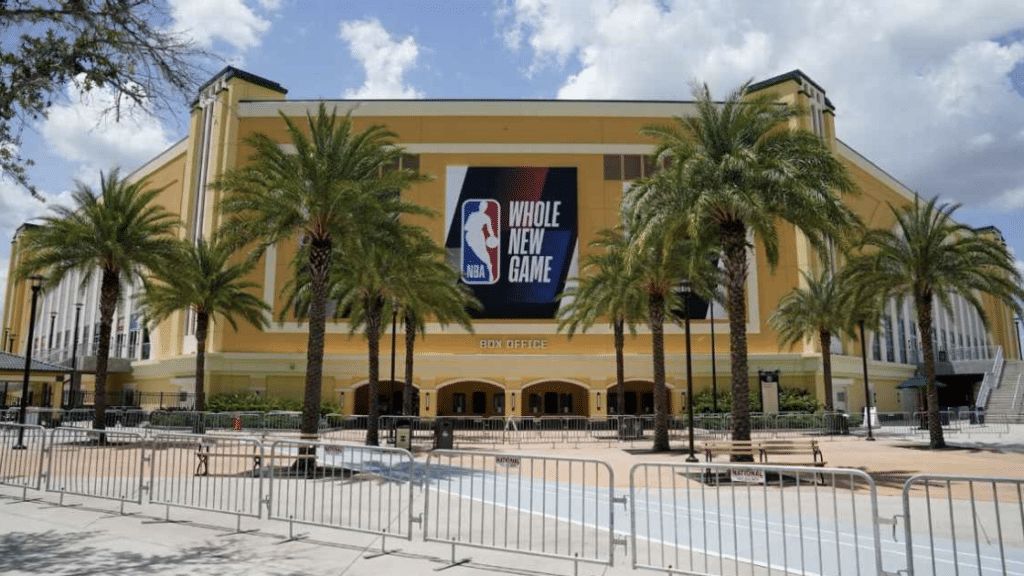
MUCH OF THE NBA’s success in the bubble can be traced to the weeks before teams arrived, when they were still in their home markets. Teams privately complained about the socially distanced individual workouts once practice facilities could open, but league officials felt it was necessary to create a secure bubble.
“We felt pretty confident that everybody was negative coming into the bubble,” said Joe Rogowski, the National Basketball Players Association’s director of sports medicine and research.
But before teams arrived, NBA and NBPA officials knew the protocols would need to be flexible, because for all the health and infectious disease experts that they consulted beforehand, there was no way to know how everyone would respond to the campus until they were in it.
One example centered on compliance with daily testing for all players and staff inside the bubble. How would the league respond if someone missed their test, either intentionally or if they simply forgot? Now, if someone hasn’t completed their daily COVID-19 test by a certain point, they will receive a text alert notifying them that they must complete it immediately.
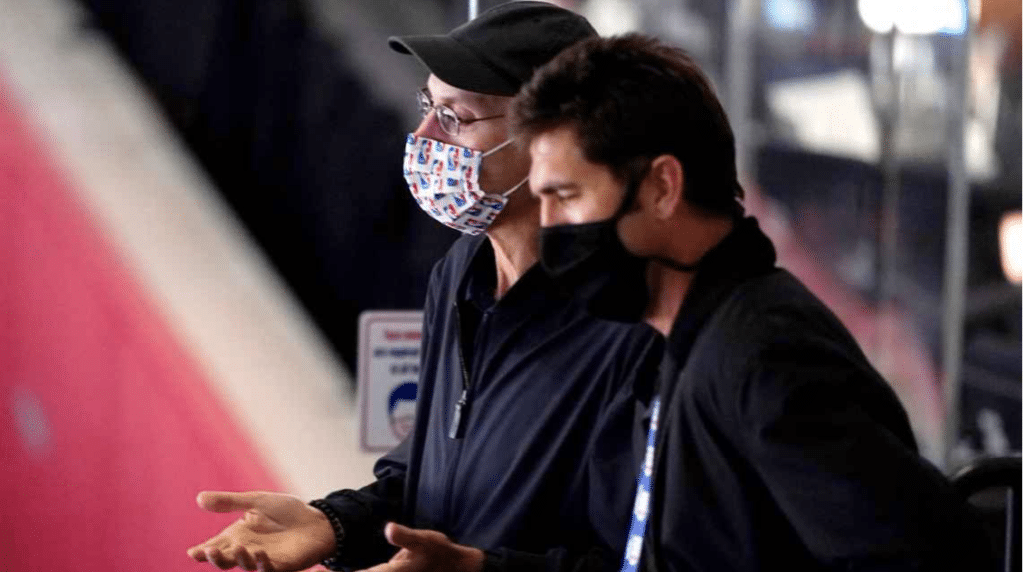
EVERY MORNING, everyone inside the bubble logs into a smartphone application called NBA MyHealth. There, a daily wellness questionnaire inquires about symptoms one might be experiencing — a headache, muscle soreness, sore throat and more. Individuals are required to gauge their temperature with a Kinsa Smart Thermometer and their blood oxygen levels with a Masimo MightySat pulse oximeter, with both devices transmitting the results into the app.
If someone registers a temperature of 100.4 degrees Fahrenheit or higher, or if they recorded symptoms such as “loss of taste” or “loss of smell” or if their blood oxygen levels are trending downward over time, then on-campus medical officials are alerted to follow up with that individual.
If any red-flag issues are reported, then an individual is advised against leaving their hotel room until medical officials have assessed the situation. If that individual does leave, or if they have not completed any aspect of the daily three-part screening, they won’t get far.
There are nearly 25 health checkpoints on the campus where individuals are required to swipe their Disney Magic Band to gain access to high-traffic areas — whether boarding a bus, entering an arena or leaving a hotel. And if anything hasn’t been completed or if it looks amiss, then that individual — to use a phrase in the bubble’s lexicon — will “swipe blue,” which is akin to a stop sign.
At that health checkpoint, whatever issue that exists will be addressed, and if a certain part of the screening hasn’t been completed, such as gauging temperature test or blood oxygen levels with a pulse oximeter, an AdventHealth medical official will arrive to complete it on the spot.
In their home markets, several teams were already using Fusion Sport’s questionnaire application — or similar apps — when players checked into their facilities to help track and monitor symptoms.
Those routines have carried over, as league officials report that compliance has been “excellent” in terms of the daily three-step screenings that take place each morning. And officials believe that compliance and buy-in has been critical — along with other elements — to helping keep the positive cases inside the bubble at zero.
“Their buy-in is crucial because we don’t move forward without it,” Rogowski said. “And, you know, we can’t make adjustments as we’re going along without their buy-in, because obviously, we’re going to learn things week to week that we didn’t know the week before.”
The league and NBPA have already partnered with Yale researchers “to study the efficacy of a saliva-based method that quickly determines if someone is infected with the novel coronavirus.” And, ESPN’s Zach Lowe reported, the U.S. Food and Drug Administration issued an emergency authorization recently allowing public use of a saliva-based test developed at Yale and funded by the NBA and the NBPA.
Data that’s being collected now might be used in future studies. If anything, the success of the bubble is helping instill what team and league officials hope are lessons for other communities.
“We’re learning a lot,” the second team official said. “The epidemiologists and infectious disease guys are learning a lot, and it’s gonna be beneficial for everybody, not just the NBA family.”
All of these findings, as well as a careful gauge of procedures currently being used, are helping lay the groundwork as a potential blueprint for the 2020-21 season, though league and team officials harp on the fact that they can’t look too far ahead or ease up on the daily rituals — masks, washing hands, social distancing, the morning check-ins, the COVID-19 tests — that have led them to this point. They say their early success can’t lead to overconfidence.
“Vigilance has gotten us here,” the second team official said. “And that’s the only thing that’s gonna keep us here.”
Teams have long recited the tired “one game at a time” approach, but in the bubble, with so much at stake during such a perilous time, the adage has never felt more accurate.
“We cannot let modest short-term success lead to complacency,” DiFiori wrote in an email. “This is an extremely challenging situation, and we cannot let our guard down.”
Or, as another health official inside the bubble pointed out, “All it takes is one knucklehead to mess it up for everybody.”

